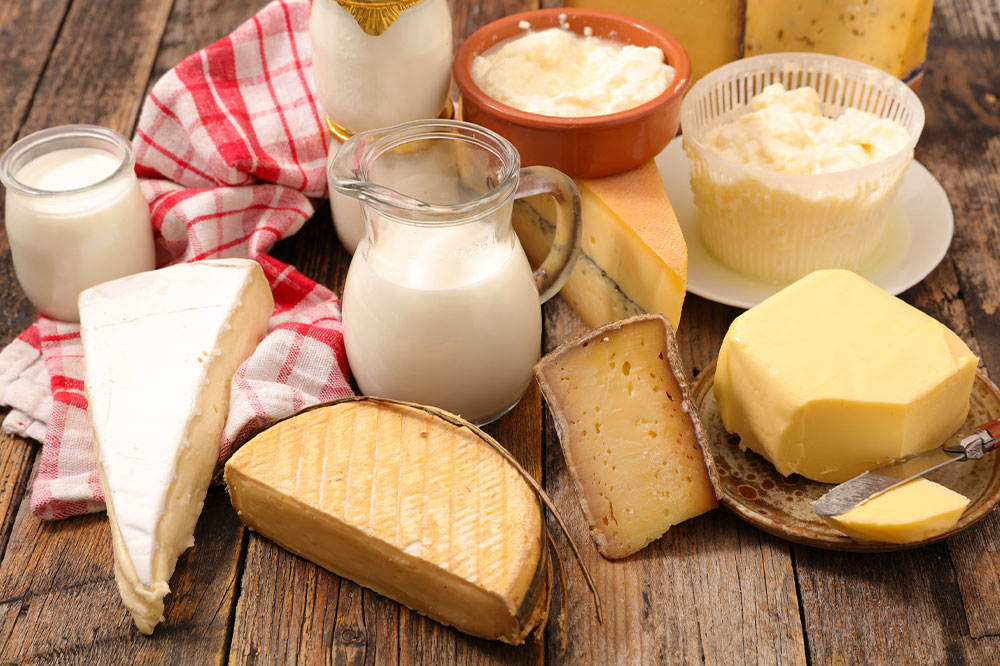6 common foods that trigger eosinophilic esophagitis

Eosinophilic esophagitis (EoE) is a chronic inflammatory condition that affects the esophagus. This condition can make it difficult to swallow and easier for food to get stuck in the food pipe. People with EoE develop allergic reactions to certain foods, causing their esophagi to swell up and become narrow. Doctors may recommend an elimination method to understand which foods trigger EoE in patients. The most common foods that trigger Eosinophilic Esophagitis are:
Eggs: Apart from whole eggs, also avoid any foods that contain eggs, such as eggnog, mayonnaise, meringue, surimi, and egg substitutes. Beware of egg content in baked goods and puddings. Ingredients to watch out for in packaged goods include albumin, lysozyme, ovalbumin, lecithin, globulin, and ovovitellin.
Wheat: Avoid foods rich in wheat, such as bread, couscous, crackers, most flours, pasta, and pizza crusts. Wheat ingredients to look out for are bulgar, durum, einkorn, emmer, farina, Kamut, matzoh, semolina, spelt, and triticale. Instead, opt for gluten-free foods made from potato, rice, or tapioca.
Soy: Soy-rich foods to avoid include edamame, miso, natto, shoyu, soy sauce, soybean, tamari, tempeh, tofu, and Quorn. Soy ingredients can be found on packaged goods under the name of soy, soy flour, soy fiber, soy protein, and textured vegetable protein.
Peanuts and tree nuts: Avoid all nuts and lychees. Watch out for ingredients like nut meal, nut meat, nut milk, nut extracts, nut paste, and peanut oil in packaged/pre-cooked foods.
Fish: Avoid all fish and shellfish like krill, barnacle, crab, crayfish, lobster, shrimp, and prawns. Ingredients to avoid include imitation fish, fish stock, fish sauce, seafood flavoring, surimi, and bouillabaisse.
Dairy: Milk and milk products to avoid include cheese, butter, cream, custard, cow’s milk, half-and-half, pudding, sour cream, and yogurt. It is also advisable to avoid ingredients like casein, diacetyl, lactalbumin, lactose, lactulose, recaldent, rennet casein, tagatose, and whey.
In line with their doctor’s consultations and guidance plans, many people with EoE experiment with the elimination method, where they stop eating these six items daily and slowly reintroduce them one at a time. A few weeks after introducing a food item back into the system, an endoscopy is performed to determine the underlying cause of inflammation and check for improvements. Common foods that are advisable to eat when dealing with EoE include meats (chicken, turkey, pork, and beef), rice (white, brown, or wild), potatoes, quinoa, buckwheat, millet, fruits, vegetables, and olive oil.